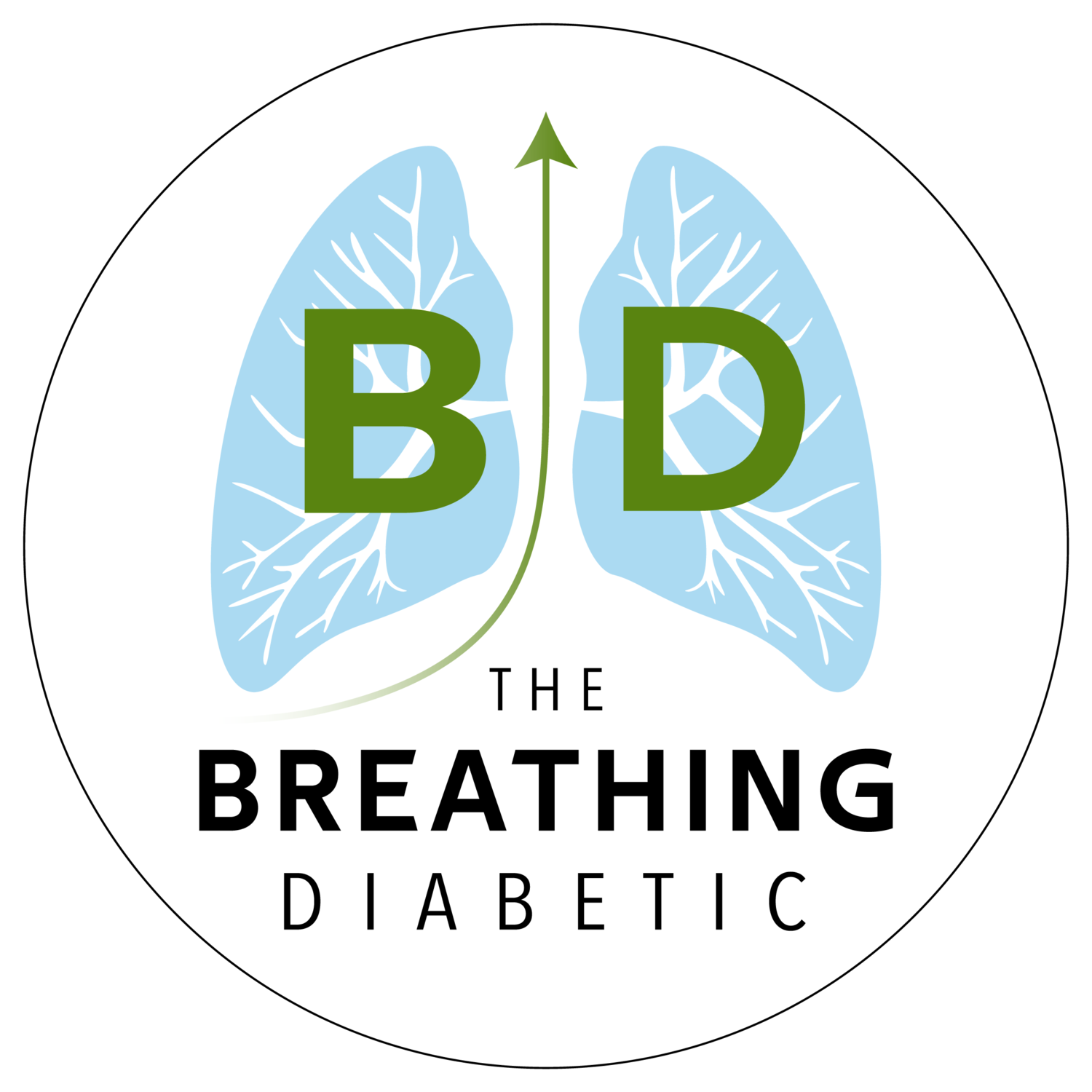Listen Instead of Reading
If you enjoy listening, you can subscribe to the audio version on Spotify, Apple Podcasts, and Audible so you don’t even have to look at the email 😊
4 Thoughts
1. How to Get from Point A to Point B
“This is the deepest paradox in all of meditation: we want to get somewhere—we wouldn’t have taken up the practice if we didn’t—but the way to get there is just to be fully here. The way to get from point A to point B is really to be at A.” (my emphasis)
- Larry Rosenberg, Breath by Breath
To get from point A to point B, we just have to be fully at A.
Although that reframe is life-changing by itself, here’s another mind-blower:
Point A is the breath.
2. How Long Should You Practice Breathwork Each Day?
“I think the amount of time that you spend on this work is not that important. …[W]hat is important here is the regularity of doing this work. You want to do this every day without fail because you are attempting to change rhythms in your nervous system, and it's the constancy of the input, it's the regularity of the input, that is going to produce these changes over time.”
- Andrew Weil, MD, Breathing: The Master Key to Self Healing
Of course, we can use scientific findings to find a reasonable dose (which is about 10 min/day for slow breathing).
But, an even better approach is what Dr. Weil says here. Simply focus on consistency. We’re trying to rewire our nervous systems, and “it’s the regularity of the input that is going to produce these changes over time.”
Amen to that 🙏
3. How to Live Longer (regardless of your age, lifespan, or health span)
“Harvard researchers found that 47 percent of the time, people are thinking about something other than what they're doing. That's nearly half of our day.”
- Laurie J Cameron, The Mindful Day
We’re not present about half the time. That’s nuts. It made me think, what’s the point of trying to live a long, healthy life if we’re not actually experiencing it?
Enter the power of the breath. By learning to come back to our breath—back to Point A—we learn presence. And we instantly (and truly) live longer.
As Cameron says, “It amounts to having a longer, richer life, because you’re present for much more of it. And we can all do this.” <— Let’s do that 👏
4. Breathing for the Spirit
The foods we eat influence our bodies.
The thoughts we think influence our minds.
The breaths we breathe influence our spirits.
Let’s feed them all well, this week 🙏
1 QUOTE
“From time to time we should take a breath and notice the silence between sounds.”
1 ANSWER
Category: Breathing Mechanics
Answer: These organs are actually passive during breathing—they don’t create any movement associated with inhalation and exhalation.
…
(Cue the Jeopardy! music.)
…
Question: What are the lungs?
In good breath,
Nick Heath, T1D, PhD
“Breathing is the compound interest of health & wellness.”
Breathing for Diabetes Online Course ($99):
If you love learning about breathing, want to live a healthier life, or just want to support my work, I think you’ll really enjoy this class (diabetes or not).
* An asterisk by a quote indicates that I listened to this book on Audible. Therefore, the quotation might not be correct, but is my best attempt at reproducing the punctuation based on the narrator’s pace, tone, and pauses.
Sign Up For The Breathing 411
Each Monday, I curate and synthesize information from scientific journals, books, articles, and podcasts to share 4 thoughts, 1 quote, and 1 answer (like "Jeopardy!") related to breathing. It’s a fun way to learn something new each week.



